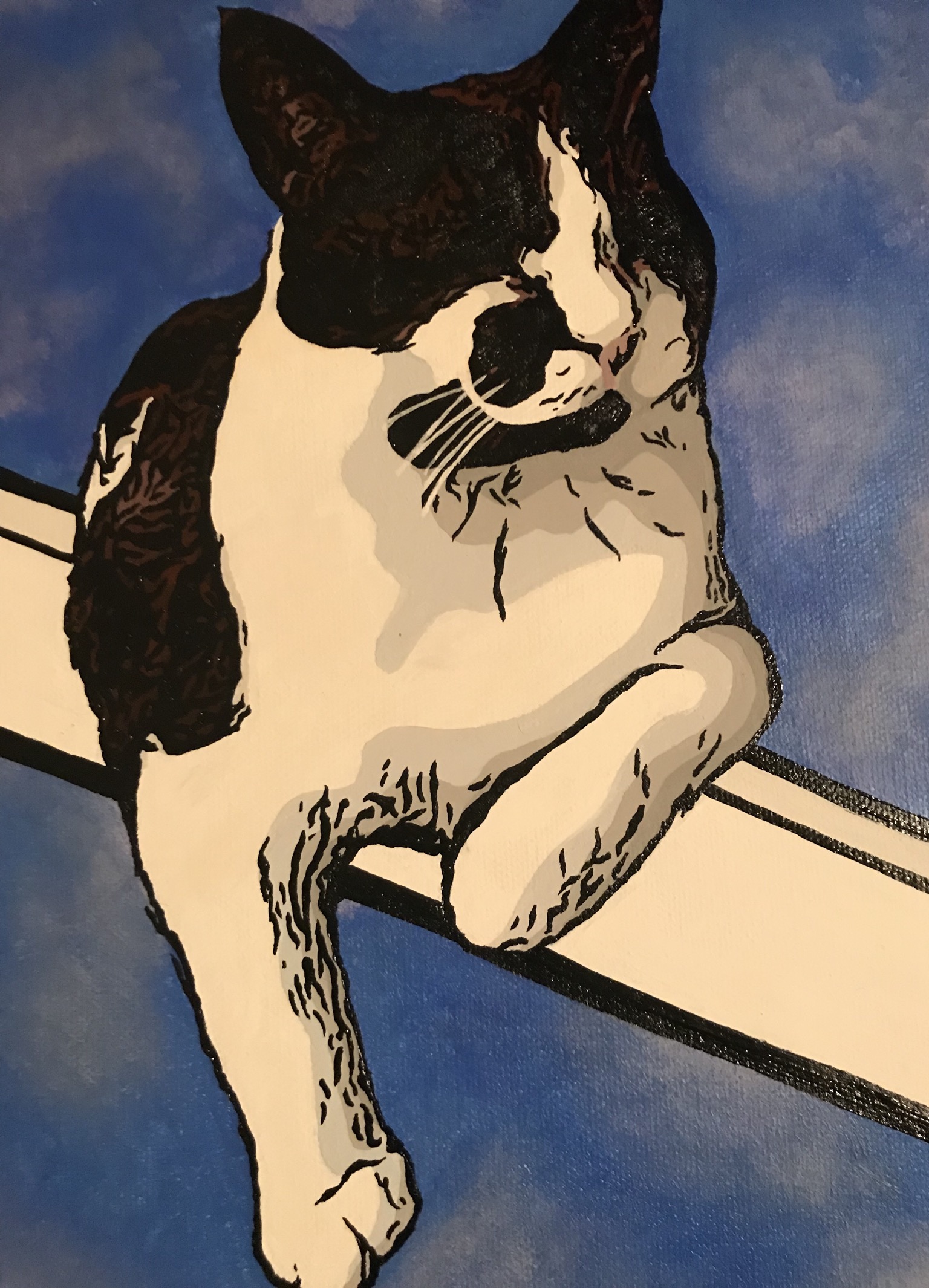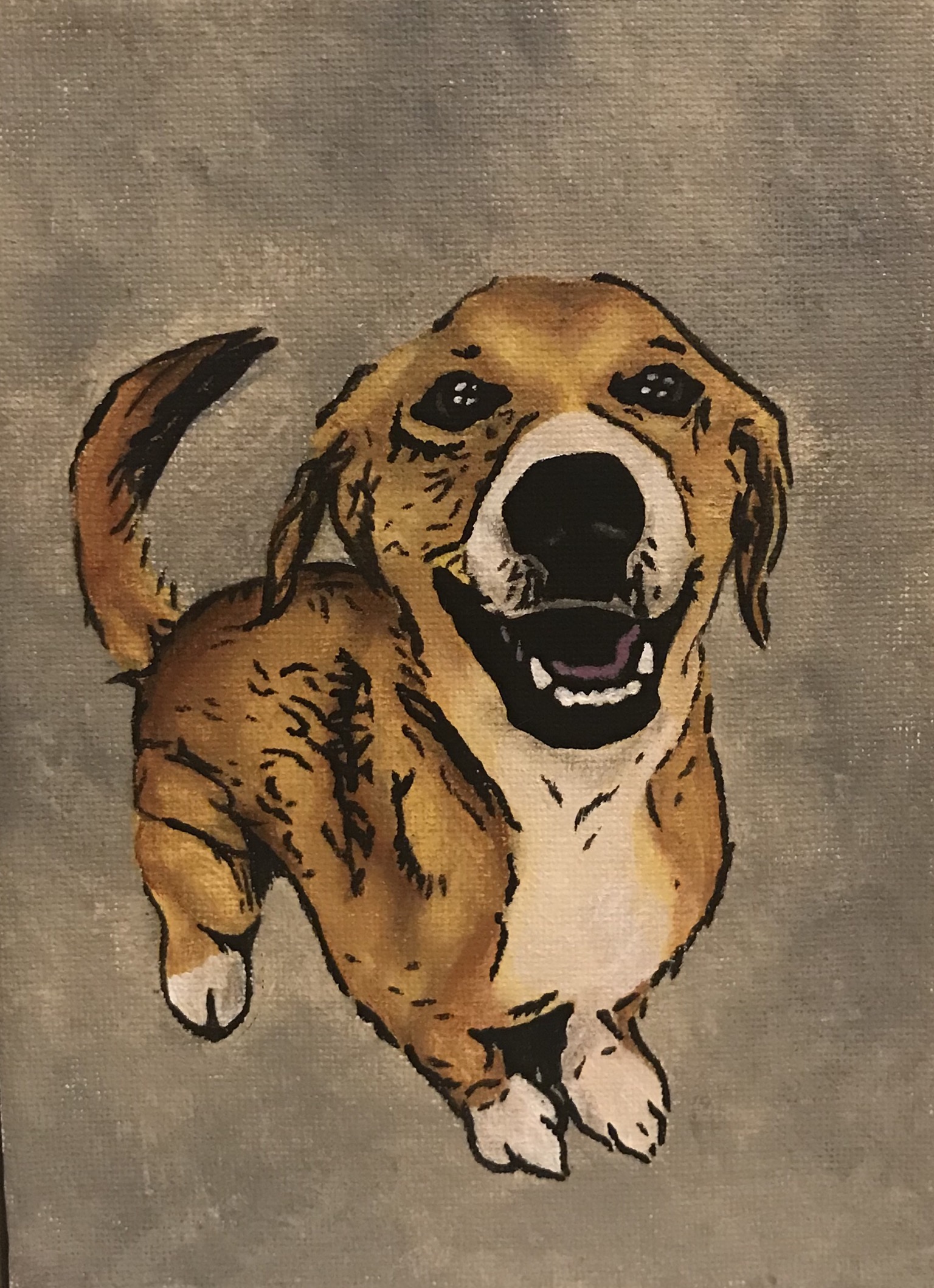Entries in golden retriever (4)
Shunt Case Report
 Friday, November 22, 2019 at 09:49PM
Friday, November 22, 2019 at 09:49PM 1. Signalment: Xxxx (not revealing name for patient confidentiality), 4-month-old intact female Golden Retriever
2. Presenting complaint: Intrahepatic Portosystemic Shunt
3. History: Back in July, Xxxx reportedly presented to the emergency service with unspecified neurological signs. She underwent investigations that revealed elevated total bilirubin and ammonia, and she was transferred to the internal medicine service with a suspicion for a congenital hepatic portosystemic shunt. Upon abdominal ultrasound, internal medicine suspected that Xxxx had an intrahepatic shunt and recommended a soft tissue surgical consult. This would likely be for computed tomography with contrast to confirm the location of the shunt, followed by surgical management. To help mitigate her neurological signs from the accumulation of ammonia within her system and ultimate crossing of the blood brain barrier, Xxxx was prescribed levetiracetam, lactulose, and metronidazole. She was reported to have improved significantly with regards to her clinical signs as a consequence of these medications.
4. Physical examination findings: Xxxx presented BAR. Eyes and ears were noted to be unremarkable. Oral examination identified multiple fractured deciduous teeth. Mucous membranes were moist and pink with a capillary refill time of under 2 seconds. Heart rate and rhythm were normal with no murmur auscultated. Lung fields in all four quadrant were normal. Abdominal palpation was soft and comfortable. Peripheral lymph nodes palpated within normal limits. Integument had no abnormalities. Temperature remained within normal limits throughout hospitalization. Her presenting weight was 11.3kg.
5. Differential diagnoses: Upon presenting to the soft tissue service, the top differential was intrahepatic portosystemic shunt, due to the previous diagnostics that had been performed. However, upon initial presentation, differential list included ingestion of toxins, an episode of hypoglycemia causing seizures (potentially secondary to other disease processes), intracranial congenital defects causing seizures, idiopathic seizure activity, peripheral vestibular disease (including secondary to otitis media or otitis interna), neoplasia of the central or peripheral nervous system, infectious disease processes (including bacterial, viral, fungal) and a vascular event in the central nervous system.
6. Diagnostic tests/procedures and associated results: Whilst with the soft tissue service; a pre-operative complete blood count and serum biochemistry were performed in conjunction with an abdominal computed tomography scan with contrast, to confirm the location of the shunt and to appropriately prepare for our intraoperative approach.
7. Working diagnosis: Total bilirubin had returned to the normal range, which was slightly anomalous, however her ammonia had increased since her previous bloodwork, which remained consistent with the shunt persisting. The CT scan confirmed the presence of an intrahepatic shunt and provided visualization for surgical approach. This was determined most appropriate between the left medial and quadrate lobes of the liver.
8. Treatments administered/procedures performed: A 9mm Amyloid ring and key was placed around the shunt once surgically accessed and freed from surrounding connective tissue to the liver. A concurrent liver biopsy was performed and is pending histopathology. Intraoperatively, a temporary total ligation was performed to determine the necessity of the amyloid ring. It was determined that the portal pressures were too high with total ligation. This was determined by assessing the increase in motility of the intestines and force of vessel pulsation with the ligation in place.
9. Outcome/progress (if applicable): The amyloid ring is slow-closing and will progressively close over the next month or so. Xxxx will be monitored closely during this time, as there are concerns over portal hypertension or formation of acquired shunts. While generally positive in the long-term, if these complications do not occur over the next few months, there is always a concern that acquired shunts may form over time. In the meantime, Xxxx will remain on levetiracetam for two weeks, and lactulose and metronidazole for two months following the procedure, in hopes of helping her transition back to life as a puppy and decrease the accumulation of ammonia within her system.
 Share this Post | Comments Off
Share this Post | Comments Off Golden Days
 Thursday, April 11, 2019 at 12:00PM
Thursday, April 11, 2019 at 12:00PM  Who needs a bath?
Who needs a bath? Always in a golden mood
Always in a golden mood
 Not a care in the world
Not a care in the world
This cutie's name is Kora and she belongs to Sarah Owen from Ross University!
 Share this Post | Comments Off
Share this Post | Comments Off  golden retriever,
golden retriever,  pets of vet students in
pets of vet students in  Cutest Pet,
Cutest Pet,  News
News Timbeeeeeeeeerrrrr!!!!
 Thursday, February 22, 2018 at 10:00AM
Thursday, February 22, 2018 at 10:00AM Meet Timber, a 15 week old Golden Retriever puppy! He belongs to Bethany Lewis from North Carolina State University. His favorite things are treats, sticks, and of course more treats.

 Share this Post | Comments Off
Share this Post | Comments Off  golden retriever in
golden retriever in  Cutest Pet
Cutest Pet 
